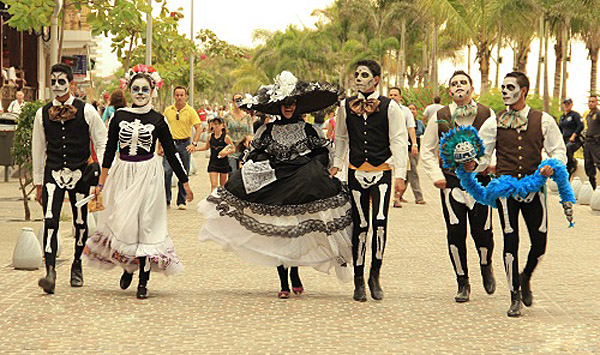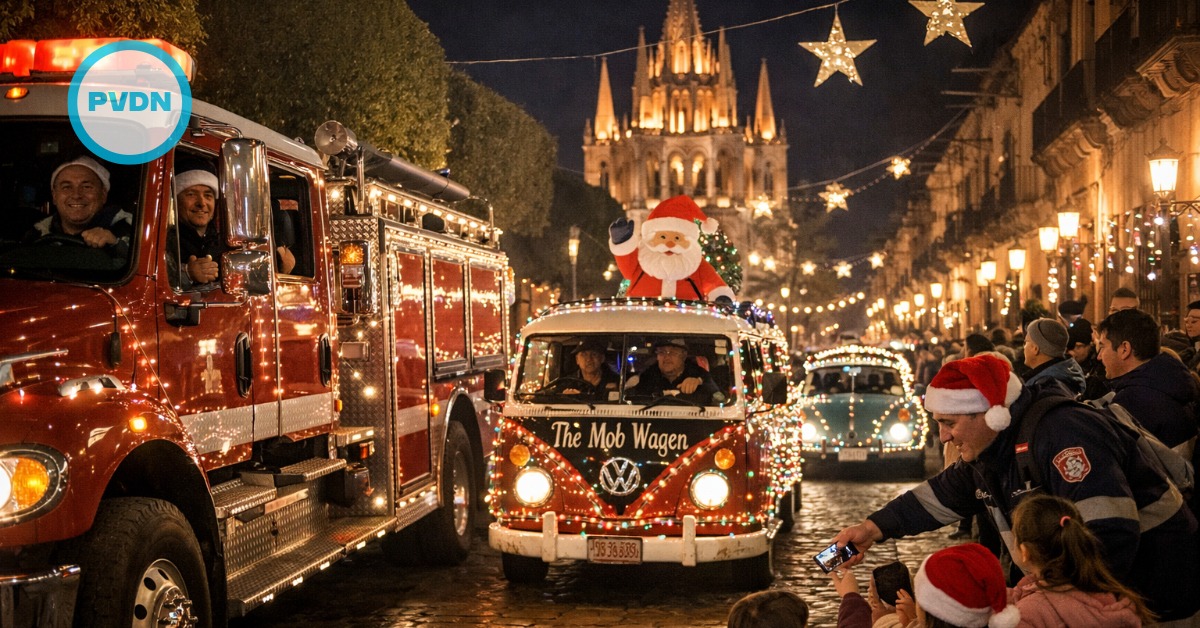In Mexico, the festival of Día de los Muertos embodies the greatest expression of both popular Catholicism and the national cuisine. People construct altars in homes and graveyards throughout the country in order to feed the souls of the dead. Church officials recognize two holy days, November 1 (All Saints' Day), in commemoration of saints and martyrs, and November 2 (All Souls' Day), in memory of the faithful departed. According to popular belief, the angelitos (deceased children) return on the evening of October 31 and the adults on the following night, although the dates in local celebrations vary all . . .






